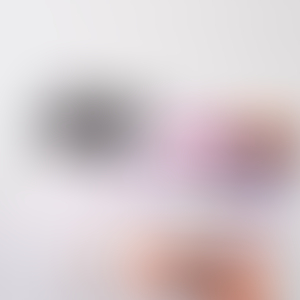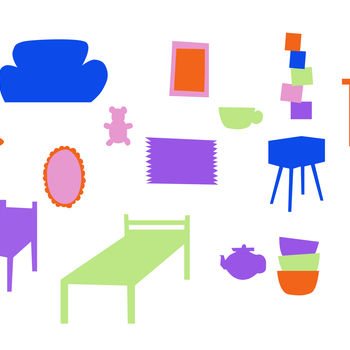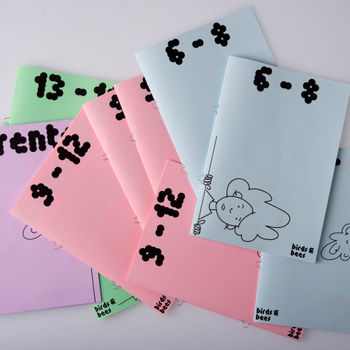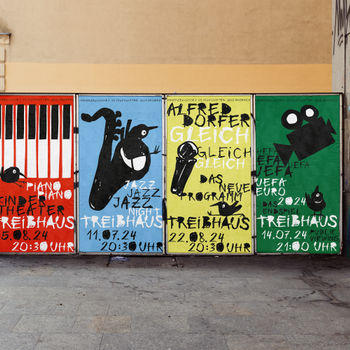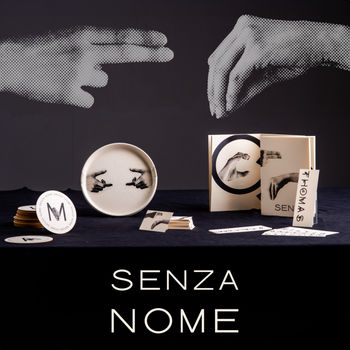The Poster
After conducting in-depth research on reviews related to this relationship, we aim to highlight several critical aspects, including:
Varied perceptions regarding the use of different social media platforms, encompassing positive, negative, and neutral effects.
The influence of social media and smartphones on our daily lives, impacting factors such as sleeping habits and mental fatigue.
The impact of interactions and relationships formed on social media on our behaviors, encompassing phenomena such as echo chambers, bullying, and presenting a curated lifestyle to showcase an unattainable status. Additionally, we explore how social media can contribute to reducing levels of depression by fostering a sense of belonging within communities that share common values.
The time spent on social media comparing different generations.
